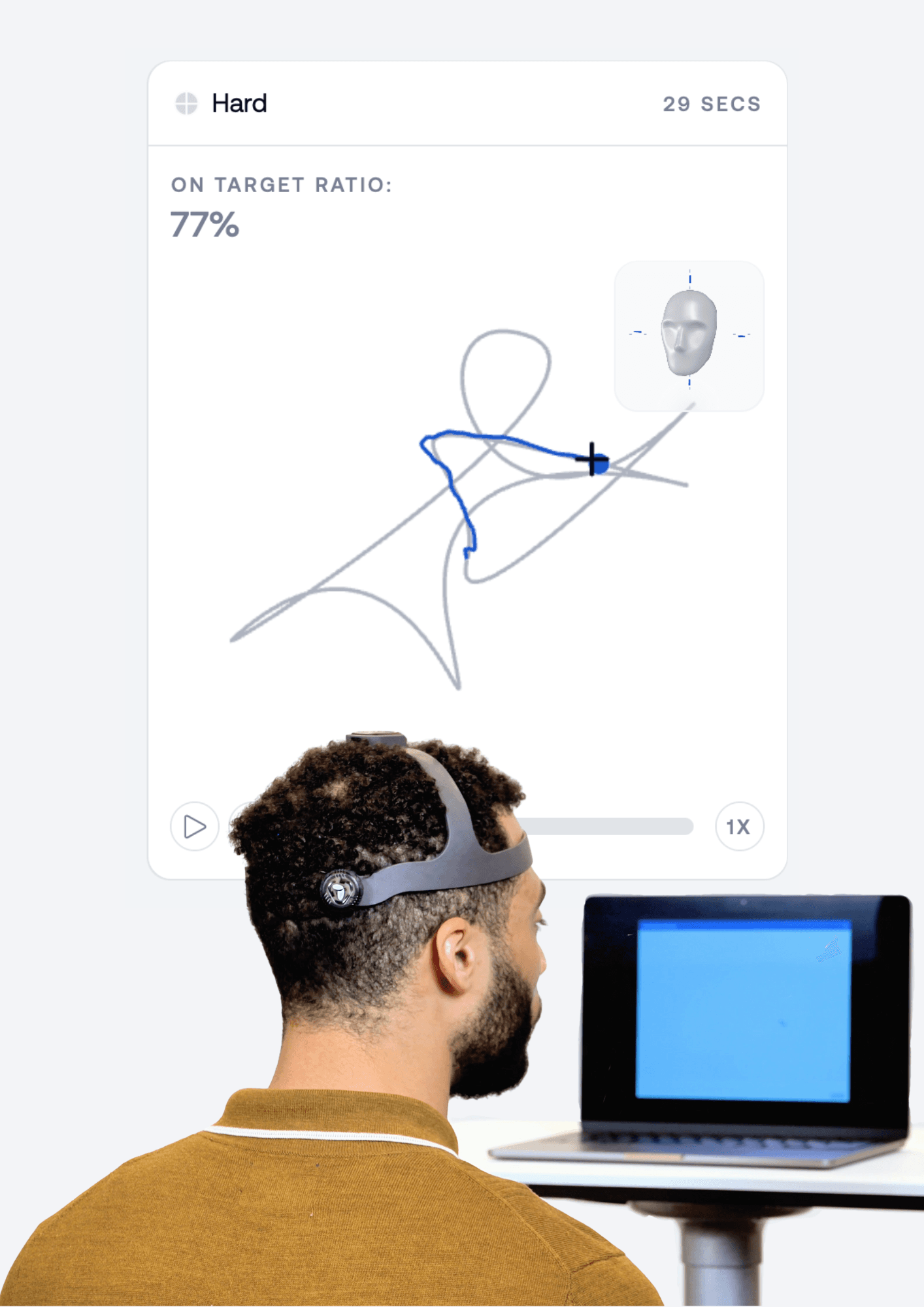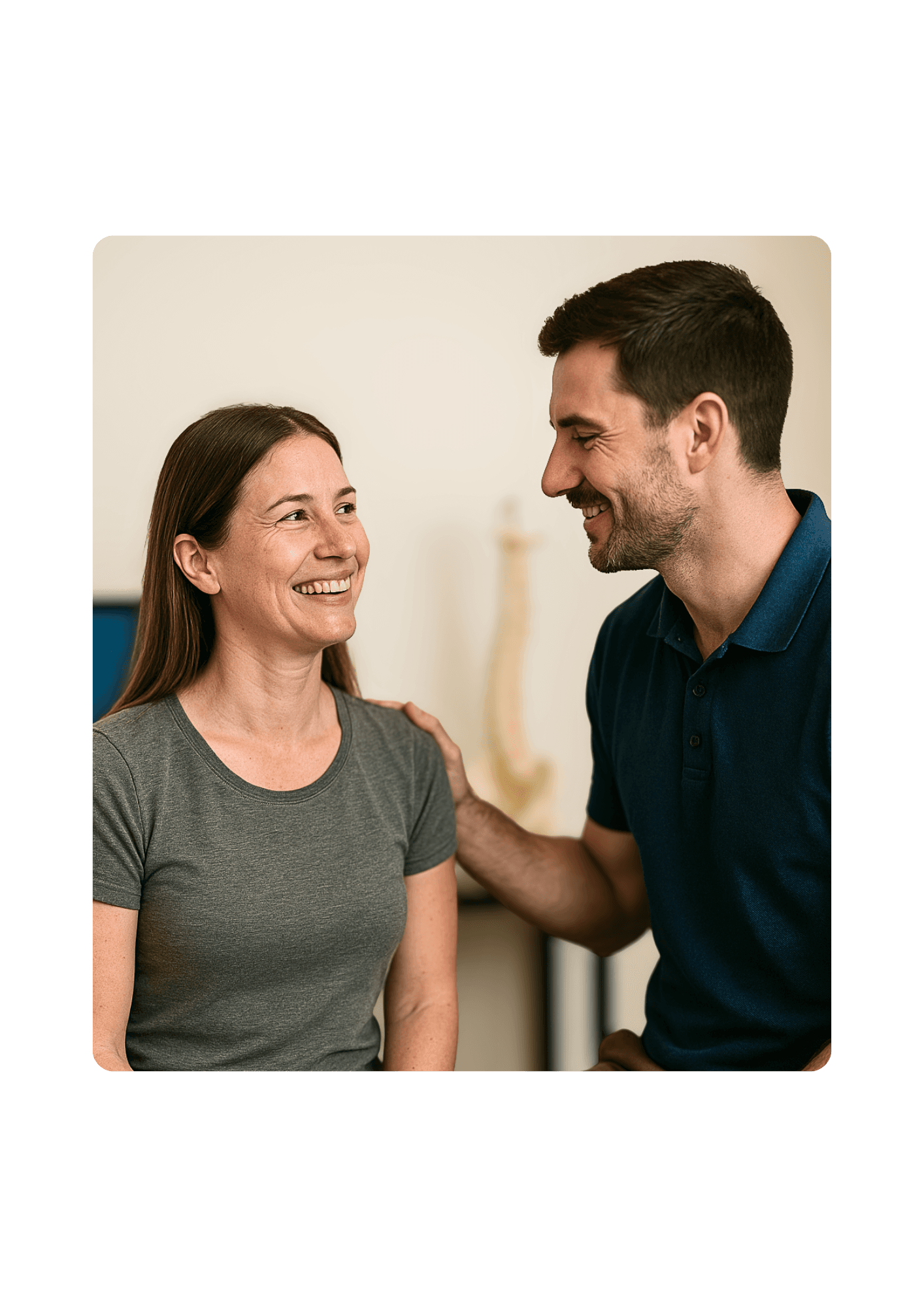What’s inside?
Provides a set of targeted exercises — from motor control (Butterfly) to proprioception (Joint Position Error) and eye-head coordination (Dot Hunt) — supporting you and your patients from assessment through treatment.
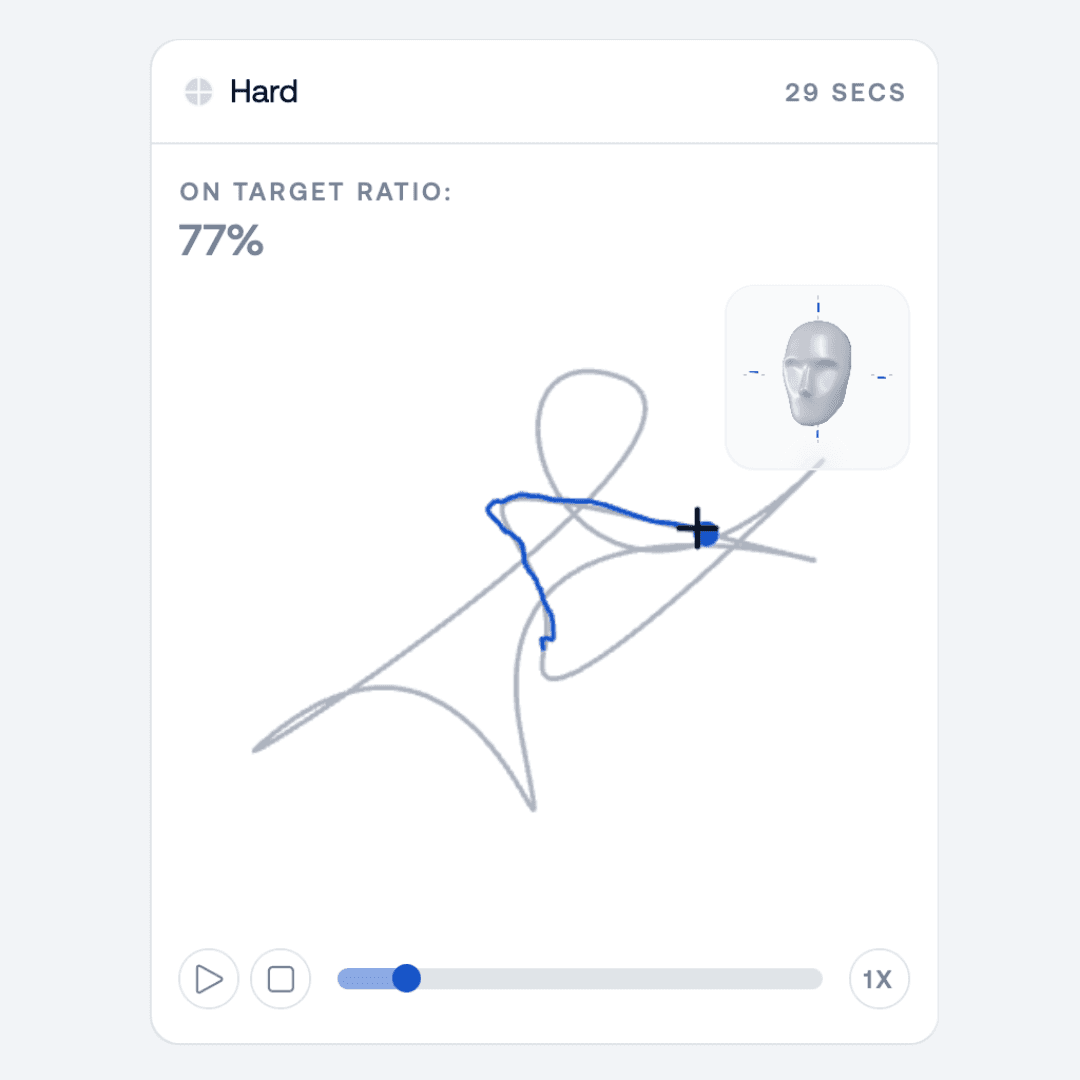
Sensorimotor control exercises
The patient follows a moving target traveling an invisible and unpredictable path by using head movements. This challenges multiple movement sense, eye movement control, and eye-head-neck coordination.
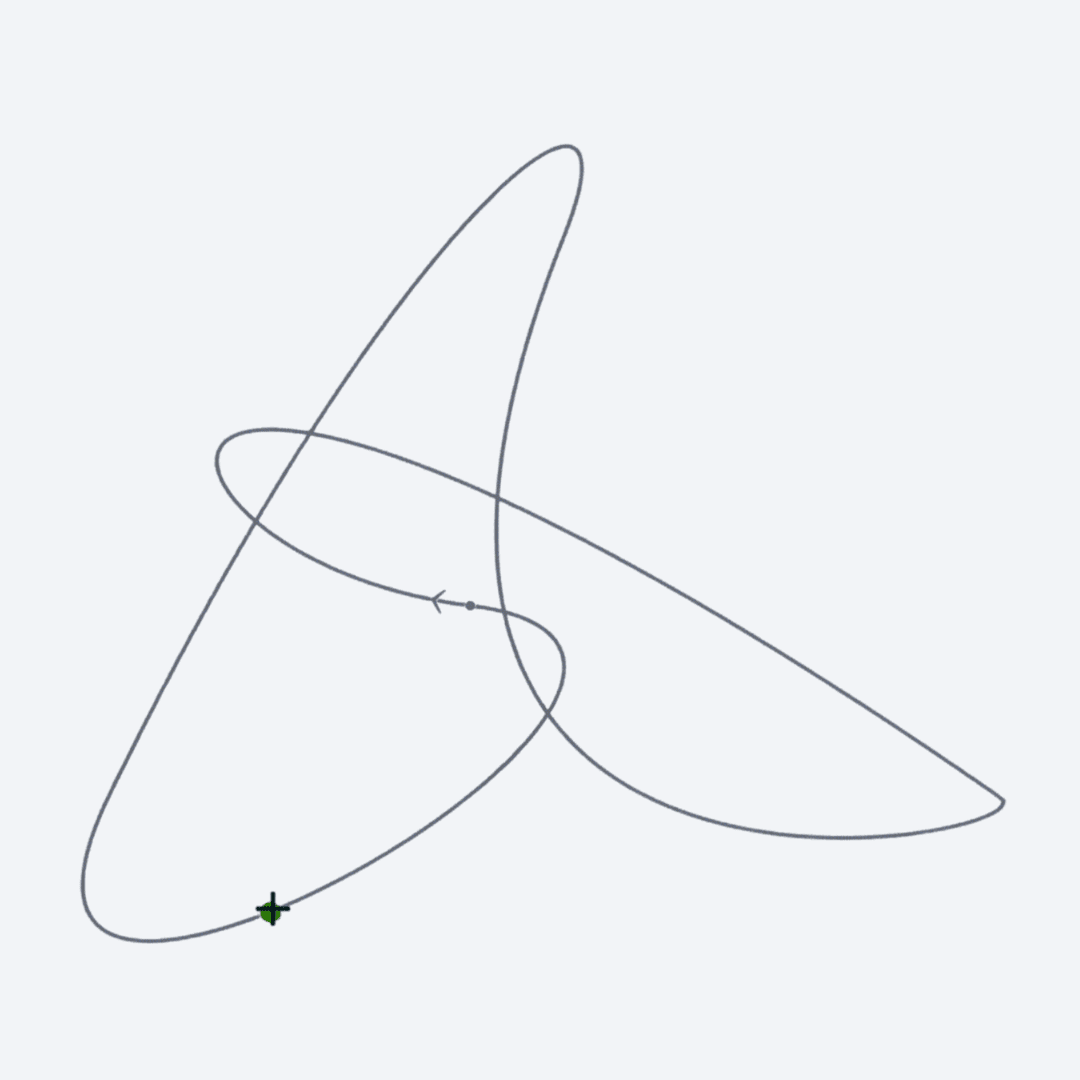
Movement sense exercises
The patient follows a moving target traveling a visible path making this sensorimotor task less challenging than the Butterfly Exercise.
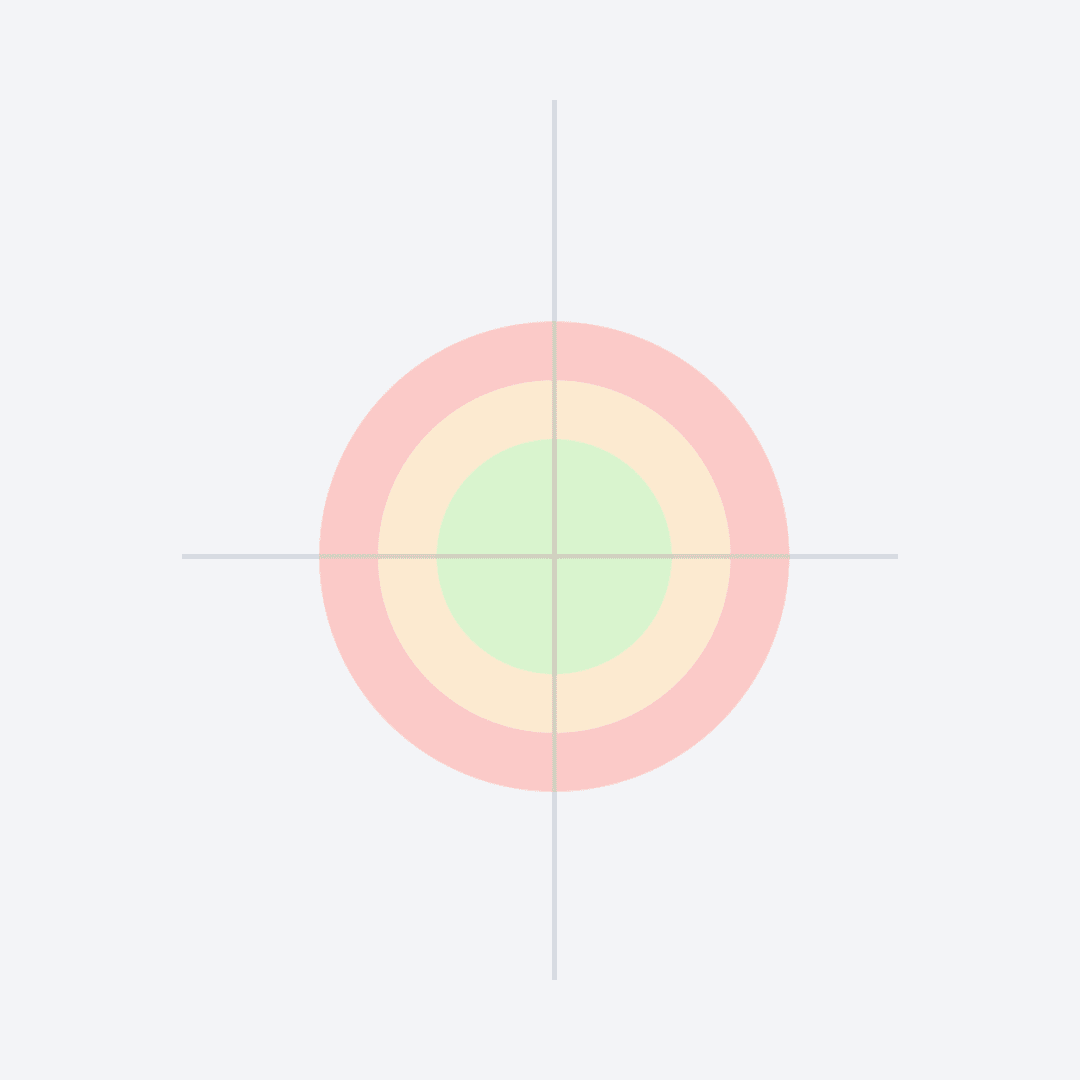
Position sense exercise
The patient attempts to relocate their head back to an initial neutral position, training joint position sense, an important component of proprioception.

Coordination exercise
The patient attempts to hit recurring dots using head movements, a sensorimotor exercise that challenges eye-head coordination.
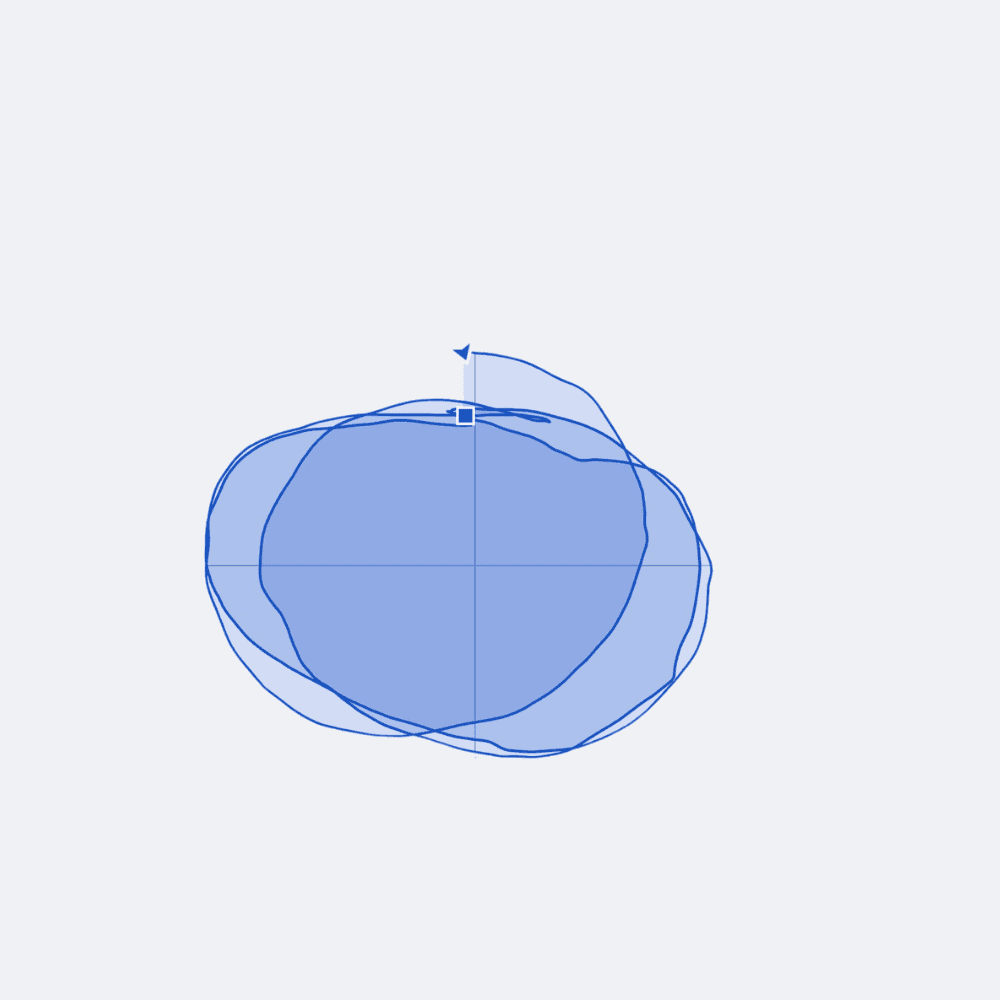
Mobility exercise
The patient slowly moves their neck through its full range of motion in a controlled circle, maintaining muscle tension throughout the motion. This trains mobility, joint health, and control at end ranges-key components of long-term cervical function.
When to consider NeckCare Rehabilitation Exercises?
Evidence shows that integrating sensorimotor training leads to superior rehabilitation outcomes when compared to musculoskeletal interventions alone.
Cervical sensorimotor exercises have been shown to improve outcomes in patients with:
• Neck pain
• Concussion or whiplash injuries
• Visual disturbances and dizziness
Sensorimotor exercises can also benefit healthy individuals, such as athletes, or anyone aiming to enhance neck function.
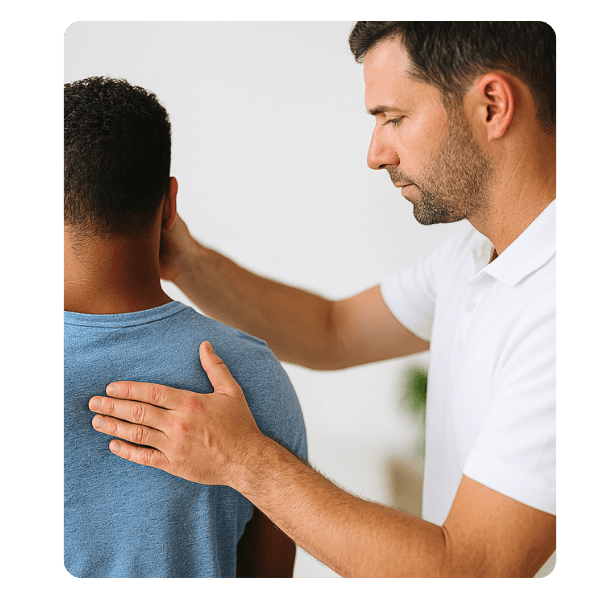
What makes the NeckCare Rehabilitation Suite special?
Cervical sensorimotor exercises target the interaction between the neck and the brain’s sensorimotor control systems. These exercises recalibrate how the body perceives head position, movement, and balance.
01
Target-based training
Patient follows a moving visual target to improve eye, head, and neck coordination.
02
Personalized progression
Exercises can be adapted based on the patient's performance.
03
Gamified experience
For motivation and engagement of your patients.
04
Real time
You get feedback and progress tracking in real time.

